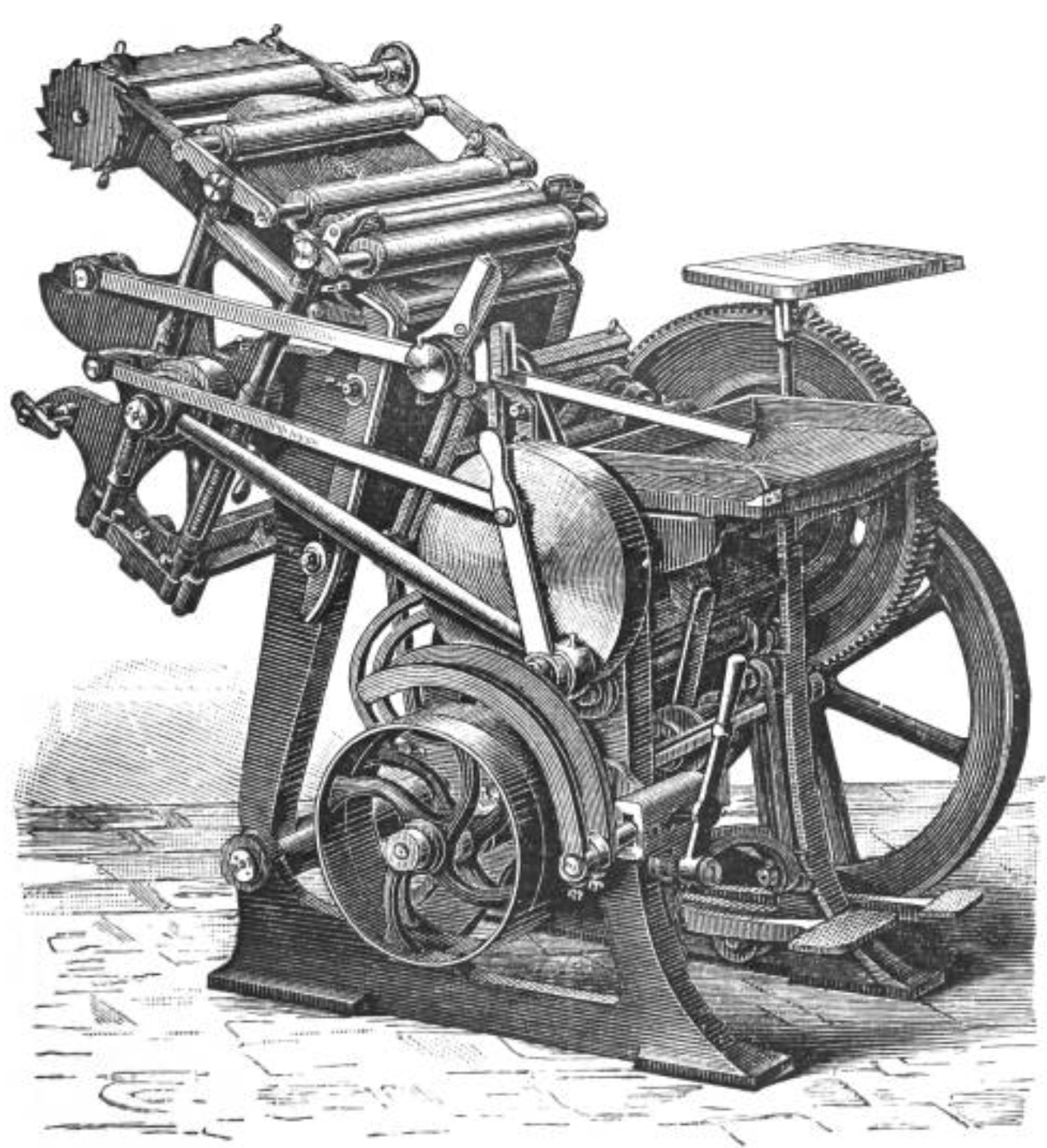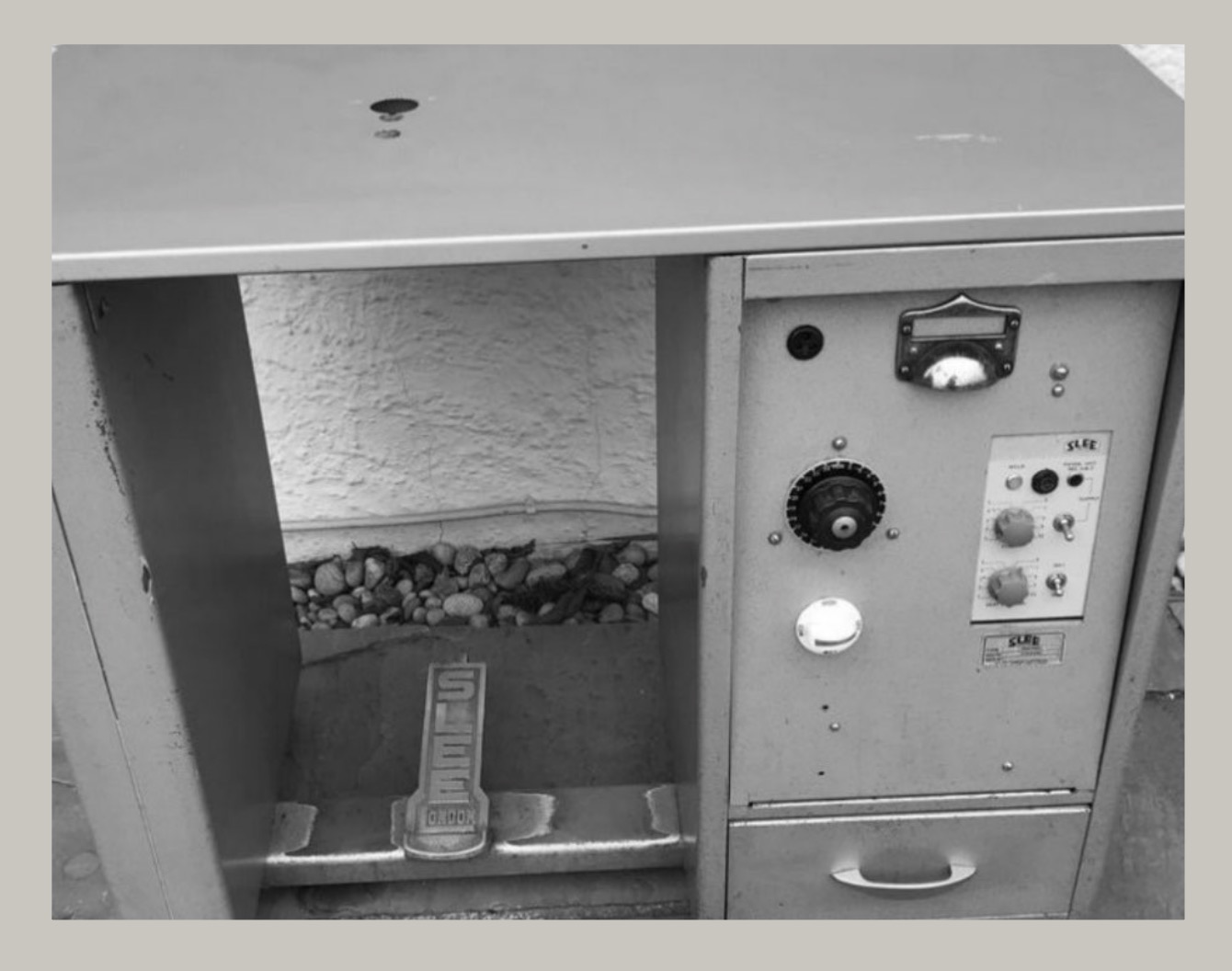The Imaginarium Machine
Harriet (Hattie) Mirrorton and The Imaginarium Machine
The Imaginarium Machine was invented in 1846 by Harriet (Hattie) Mirrorton. She was just 23 years old at the time. Harriet worked alongside her father, Herbert Walter Mirrorton running a private investigative firm. Herbert was initially unwilling to allow Hattie to assist him in his work, but discovered that she could move unseen in a number of social situations barred to him and was skilled in questioning suspects.
In 1845, they were engaged by a Miss Smythe in a most interesting case. A girl’s boarding school, St. Hilda’s had reported a series of disturbing incidents. They had begun a story-writing competition, where each girl vied to write the most exciting and inspirational tale. Wondrous words were created! But then something unusual happened. Once a story had been read aloud to the class, the next day, a token related to the content of the story appeared in the schoolroom. At first, the mistress dismissed the occurrence as a ‘jape’, but as the trifles continued to appear overnight, her suspicions grew. The school mistress and a select group of trusted prefects agreed to hold an overnight vigil to discover the source of the items. Miss Smythe recorded their plans within a diary alongside her feelings about the strange goings-on in her school and locked it into the drawer of her desk. Miss Smythe and her pupils kept a silent watch, hidden from sight. As they were beginning to tire, a series of noises and lights appeared to emanate from the desk drawer. When they opened it, they discovered a plate of iced buns and a small note that read ‘for your vigil’. (See newspaper article ‘The Mystery at St. Hilda’s’ and an excerpt from the diary of Miss Smythe, Form Mistress of St. Hilda’s).
Herbert and Hattie were engaged to investigate the phenomena. They collected and categorised the tokens discovered and stored them in their office. They then discovered another school where this situation had also been reported. Although, the school was engaged in a lyrical poetry project at the time. Again, they collected the items and attempted to find the source. Occasionally some of the items betrayed their origin, which seemed to be a place known as 'Weevilania'. No known map of the time featured such a place.
Secretly, Hattie began to tinker with the design of a machine. Her aim was to replicate the conditions of the schools, but with the aim of amplifying the effect. She created a funnel to feed in stories or inspirational learning and ideas. Within the centre of the machine was a space for an item to appear. Testing the machine in 1846, she said, “if one could harness the power of inspiration, one might produce tangible, touchable proof of that power. That would be a prize indeed.” She is said to have been convinced that the once the machine was in full working order, it might produce items to inspire creativity as well as responding to the things fed into it.
It is not known whether the ‘Imaginarium Machine’ had a successful test because both the machine and its creator disappeared without trace in October 1847. Herbert Mirrorton was quoted in the newspapers of the time, “I am not concerned as to the whereabouts of my daughter. I believe her to be in Weevilania. I intend to join her, just as soon as I can work out how to get there.” His comments were dismissed as the ramblings of a man driven mad by grief.
An early design of the ‘Imaginarium Machine’


The updated machine
In 1967 an updated design of the Imaginarium Machine was sent to Cambridge University by a Dr. Hester Allenbridge, the great granddaughter of Hattie Mirrorton. Writing from The Imaginarium Agency in Weeviltown, Weevilania, she detailed the new version of the Imaginarium Machine and sent an image of how it now looks. The design from 1967 appears to be still in use today.